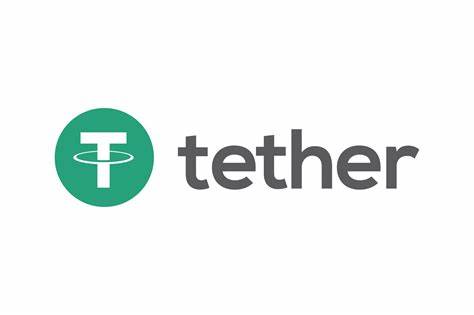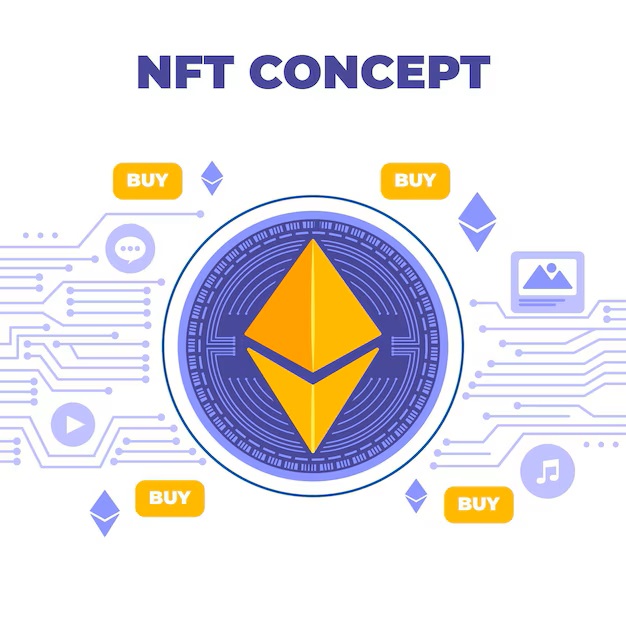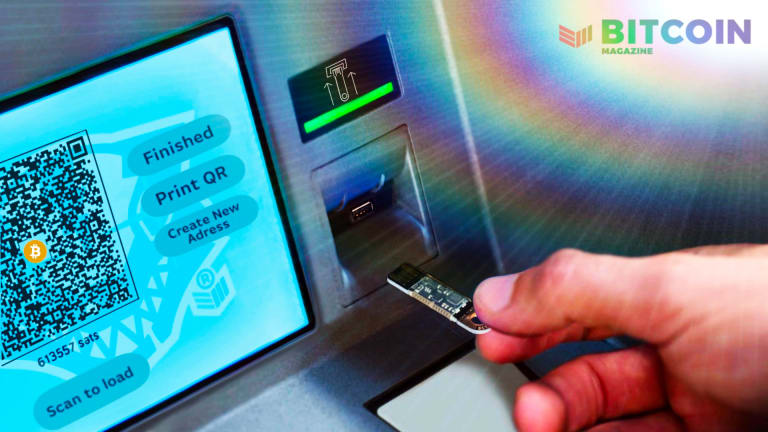For developers looking to create applications on decentralized platforms, it’s pivotal to choose an appropriate framework that suits their needs. Each framework offers unique features, consensus mechanisms, and programming environments, shaping the performance and scalability of your application.
Hyperledger Fabric stands out for its modular architecture, enabling organizations to customize their permissions and data-sharing models. This flexibility permits enterprises to manage privacy seamlessly while facilitating efficient transaction speeds. For businesses aiming for private solutions, this framework deserves serious consideration.
On the other hand, Ethereum remains a leader for building decentralized applications (DApps) that demand greater accessibility and community support. Its smart contract capabilities allow developers to automate complex agreements with ease. If interoperability and a broad user base are your priorities, Ethereum might be the ideal platform.
Lastly, consider Tezos, which introduces an innovative self-amending feature promoting upgrades without hard forks, ensuring long-term sustainability. This quality makes Tezos a compelling option for projects seeking resilience in their codebase and ongoing community engagement.
Analyzing Key Components of Blockchain OS Architecture
Focus on the consensus mechanism, which is fundamental for transaction validation and network integrity. Options like Proof of Work or Proof of Stake can significantly impact scalability and energy efficiency. Choose based on your application’s requirements and security demands.
Next, examine the data storage solutions. Typically, decentralized ledgers utilize various structures like Merkle trees for efficient data organization. Evaluate alternatives such as sharding or side chains to enhance throughput and reduce bottlenecks.
Smart contracts are critical components that automate processes and enforce rules within the network. Implement robust testing protocols to prevent vulnerabilities and ensure that contract logic is sound. Opt for languages like Solidity or Vyper while considering their respective ecosystems.
Additionally, look into the networking layer. Peer-to-peer communication protocols are essential for maintaining connectivity and data propagation across nodes. Protocols should offer high availability and resilience against attacks.
Security features must be prioritized. Implement strong cryptographic algorithms for data integrity and identity verification. Regular audits and penetration tests will help identify weaknesses in the architecture.
Incorporate APIs for seamless integration with external applications and services. A well-designed set of APIs facilitates interoperability and enhances user experience.
Lastly, community governance models can influence decision-making and protocol evolution. Balance between on-chain governance for transparency and off-chain mechanisms for flexibility is fundamental in managing changes in protocol rules.
Evaluating Consensus Mechanisms in Blockchain Operating Systems
Focus on specific consensus algorithms, analyzing their strengths and weaknesses for application in decentralized platforms. Utilize Proof of Work (PoW) primarily for robust security, although it’s resource-intensive. Proof of Stake (PoS) recommends lower energy consumption and improved transaction speed, making it suitable for scalable systems. Consider Delegated Proof of Stake (DPoS) to enhance transaction throughput by allowing stakeholders to select validators.
Comparative Analysis of Consensus Mechanisms
| Consensus Mechanism | Advantages | Disadvantages | Best Use Cases |
|---|---|---|---|
| Proof of Work | High security, widely adopted | Energy-intensive, slower transactions | Cryptocurrency mining, enabling high-value transactions |
| Proof of Stake | Low energy use, faster validation | Wealth concentration risk, potential for centralization | Large-scale dApps, efficient transaction systems |
| Delegated Proof of Stake | High performance, elected representation | Risk of centralization, fewer validating nodes | Platforms requiring high throughput, such as exchanges |
| Byzantine Fault Tolerance | Strong reliability, resilient against attacks | Complexity, higher latency | Enterprise solutions, secure environments |
Recommendations for Selecting a Consensus Algorithm
Evaluate the primary goals of the project, balancing security, speed, and scalability. For applications demanding high transaction volumes, PoS or DPoS may be preferable. In contrast, implementations focusing on security might favor PoW. Conduct a detailed risk assessment to determine the degree of decentralization needed, considering the target audience and regulatory environment. Test multiple mechanisms in controlled environments to analyze performance and suitability before deployment.
Exploring Security Protocols for Blockchain OS Applications
Implementing robust security measures is non-negotiable for applications within decentralized infrastructures. Here are focused recommendations and protocols to enhance security:
Encryption Techniques
- Asymmetric Cryptography: Utilize public and private key pairs for secure transactions and communication. This prevents unauthorized access to sensitive data.
- Hash Functions: Apply cryptographic hash functions like SHA-256 to secure data integrity. Changes in data should produce entirely different hash outputs.
- Data Encryption: Ensure that data at rest and in transit is encrypted using strong algorithms such as AES-256.
Consensus Mechanisms
- Proof of Work (PoW): Implement PoW to deter attacks but be aware of its energy consumption and scalability issues.
- Proof of Stake (PoS): Consider PoS for reduced energy consumption and increased transaction throughput while maintaining transaction validation integrity.
- Delegated Proof of Stake (DPoS): Leverage DPoS for enhanced speed and performance by allowing stakeholders to elect delegates for transaction verification.
Adhering to these protocols can significantly enhance the security posture of applications built on decentralized networks, ensuring data integrity, confidentiality, and availability.
Implementing Smart Contracts within Blockchain Operating Systems
Integrate precise programming languages such as Solidity or Vyper for developing smart contracts that run on platforms like Ethereum or Hyperledger Fabric. These languages offer syntactic structures tailored for contract-related functions, ensuring safety and reliability.
Utilize automated testing frameworks like Truffle or Hardhat to validate contract behavior before deployment. These tools allow for simulation of various scenarios, helping to identify potential vulnerabilities or logical failures.
Security Measures
Adopt comprehensive auditing practices. Engage third-party security firms to review contracts, identifying security flaws or optimization opportunities. Additionally, leverage static analysis tools such as MythX or Slither, which can detect common exploit patterns.
Implement upgradeable contracts using proxies to accommodate future changes without losing previously stored data. This strategy enhances flexibility and longevity of the deployed contract, providing a mechanism for updates while retaining user trust.
Deployment and Interaction
Standardize deployment through scripts to minimize human error. Use tools like Remix IDE for a user-friendly experience in deploying contracts directly to test or main networks. Ensure to handle gas optimization for transactions to minimize costs for users interacting with deployed contracts.
Encourage interaction through well-defined Application Programming Interfaces (APIs). Create interfaces that allow external applications to seamlessly communicate with smart contracts, facilitating easier integration with existing services and platforms.
Documentation is crucial. Maintain clear and detailed documentation for APIs and contract functionalities to assist developers in utilizing the smart contracts effectively, reducing the potential for misuse.
Assessing Performance Metrics of Blockchain-based Platforms
Evaluate throughput by measuring transactions per second (TPS). Aim for platforms with a minimum of 1,000 TPS for scalability in high-demand scenarios. Test real-world usage cases to gauge how performance holds under peak loads.
Latency analysis is critical. Measure the time taken from transaction initiation to confirmation. Look for platforms with latencies below 2 seconds, as delays can undermine user experience and application effectiveness.
Monitor network fees. Calculate the average transaction cost and assess how fees fluctuate with different levels of network activity. Opt for systems where fees remain stable even during peak congestion.
Check the level of decentralization. Analyze the distribution of nodes across the network. A more decentralized approach often enhances security and resilience, reducing the risk of single points of failure.
Evaluate consensus mechanisms. Research the time and energy consumed for block validation. Systems employing proof-of-stake or delegated proof-of-stake typically consume less power, making them more sustainable in the long term.
Review security metrics, focusing on the history of successful hacks or vulnerabilities. Look for regular audits and bounty programs as indicators of a platform’s commitment to security.
Analyze the API response times for integrations. Ensure APIs deliver quick responses to requests, ideally under 100 milliseconds, to enhance user experience and application performance.
Examine the ecosystem’s adaptability. Platforms supporting smart contracts and interoperability with other protocols tend to offer greater flexibility for developers and businesses.
Conduct user satisfaction surveys or community engagement assessments. Active user communities often reflect a healthy ecosystem, indicating stability and potential for growth.
Integrating Blockchain OS with Existing Infrastructure Solutions
Begin integration by conducting a thorough assessment of current infrastructure components. Identify key areas where an integrated structure can enhance functionality without significant disruption. For instance, connect existing databases to a decentralized ledger to improve transparency and data integrity.
APIs and Middleware
Utilize APIs and middleware to bridge legacy systems with newer decentralized technologies. This approach allows for seamless communication and data sharing between traditional applications and blockchain-based solutions. Design RESTful APIs that facilitate data exchange, ensuring they adhere to security protocols.
Cloud Solutions
Consider leveraging cloud platforms for hosting decentralized applications. Hybrid cloud environments can provide flexibility and scalability. Utilize container orchestration tools like Kubernetes for managing deployments, ensuring that components from both infrastructures operate in harmony.
Implement regular updates to maintain compatibility and security between the systems. Continuous monitoring is also necessary to identify and resolve any performance issues swiftly, ensuring that response times remain optimal.
Training and Documentation are crucial for smooth operation. All personnel should understand how to interact with the new infrastructure. Provide detailed guides and conduct training sessions to ensure everyone is equipped to work with integrated technologies.
Focus on interoperability standards. Using widely accepted protocols will facilitate smoother integration and allow for easier future upgrades or adjustments.
Q&A: Blockchain operating system explained
What is a blockchain network, and why do educators often begin with the phrase “blockchain is a distributed ledger” when explaining this public system to people new to blockchain?
A Blockchain network is a computer system of nodes in the blockchain network that share one blockchain ledger; because blockchain is a distributed ledger and also a distributed database, every piece of blockchain data added to the blockchain is replicated across all participants, making the blockchain tamper-resistant by design.
Which types of blockchain networks exist today, and how do the main types of blockchain—public blockchain network, private blockchain network, and consortium blockchain network—differ in permission models?
A Public blockchain is open to anyone, a private blockchain restricts read-write rights to one organization, and a consortium blockchain network lets a group of partners share responsibility of maintaining the blockchain; these permissioned blockchain networks illustrate the flexibility of ledger technology for different governance requirements.
How does a hybrid blockchain combine features of blockchain technology found in both public blockchain and permissioned blockchain structures to create new blockchain solutions?
Hybrid blockchain platforms keep sensitive blockchain data on a private chain while anchoring proofs to an open-source blockchain platform, delivering the benefits of blockchain security and transparency without exposing confidential information stored on the blockchain.
Why do financial institutions exploring blockchain use cases often start pilots on ibm blockchain or a similar permissioned blockchain before moving to public implementations?
Financial services firms prefer permissioned environments because they can control who can use blockchain technology, comply with regulation, and later migrate to a public blockchain platform once compliance teams approve broader access.
What benefits of blockchain motivate companies to adopt blockchain in supply-chain management system projects and how do companies use blockchain to track goods?
Blockchain technology offers an immutable blockchain database, so companies use blockchain to track provenance; every shipment event is stored on a blockchain ledger, letting auditors verify each component within the blockchain trail without relying on traditional operating systems.
How does a blockchain developer choose the right blockchain protocol and components of a blockchain when tasked to build a blockchain application for cross-border payments?
Developers evaluate throughput, smart-contract language, and whether the protocol supports a consortium blockchain; selecting a protocol such as ethereum blockchain or a purpose-built consortium blockchain ensures the blockchain platform meets scalability and compliance targets.
What makes the bitcoin blockchain a classic example of a decentralized blockchain, and how do transactions in a blockchain differ from entries in standard operating system logs?
On the bitcoin blockchain every node validates transactions in a blockchain via proof of work, whereas a standard operating system records events in a local file; this decentralized blockchain consensus removes single points of failure found in traditional logs.
How does the cross-industry trend toward blockchain development show that blockchain continues to evolve beyond early cryptocurrency examples of blockchain such as bitcoin and ethereum?
The history of blockchain began with bitcoin and blockchain and bitcoin remain linked, but blockchain has grown into diverse distributed ledger technologies that power tokenized equity, decentralized identity, and blockchain OS provides a virtual operating system layer for new enterprise tools.
What disadvantages of blockchain must architects weigh, and why can excessive on-chain storage make the blockchain less efficient as the entire blockchain grows?
Storing large media files directly within the blockchain inflates the database and a blockchain that becomes too large slows node synchronization; designers mitigate this by keeping hashes on-chain while hosting bulk files off-chain.
How do capital-market consortiums invest in blockchain to create interoperable blockchain systems that link public blockchain and private blockchain ledgers for real-time settlement?
By forming a blockchain consortium, banks adopt blockchain technology to create cross-platform smart contracts; this strategy lets digital asset trades clear instantly across different types of blockchain platforms, accelerating settlement while preserving privacy for institutional trades.







